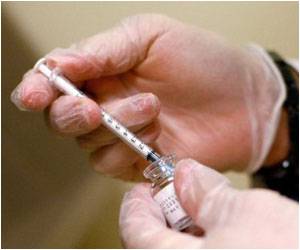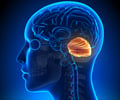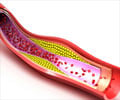
‘Drugs that modulate cholesterol metabolism might be a novel therapeutic strategy to treat multiple neurodegenerative diseases.’
Tweet it Now
The TDP-43 protein is linked to multiple neurodegenerative diseases, including amyotrophic lateral sclerosis (ALS) and frontotemporal dementia (FTD). TDP-43 plays many vital roles within cells but, under certain circumstances, it can clump together to form toxic aggregates that damage cells and prevent TDP-43 from performing its normal functions. TDP-43 aggregates are found in the brains of most ALS patients and about 45% of FTD patients, and these toxic clumps are also linked to several other neurodegenerative disorders, including some cases of Alzheimer’s disease. The aggregates form not only in neurons, but also in other brain cell types such as oligodendrocytes. These cells protect neurons and speed up the transmission of nerve impulses by wrapping neurons in a fatty substance called myelin.
Assistant Professor Ling Shuo-Chien from NUS Medicine’s Department of Physiology and his colleagues have previously shown that oligodendrocytes need TDP-43 to survive and wrap neurons in myelin. “Specifically, we found that mice with oligodendrocytes lacking TDP-43 develop progressive neurological phenotypes leading to early lethality.
These phenotypes were accompanied by the death of oligodendrocytes and progressive loss of myelin,” he said. In this new study, it was found that a reason oligodendrocytes are dysfunctional in the absence of TDP-43 is that they are unable to synthesize or take up the cholesterol they need to sustain myelin production.
Cholesterol is a major component of myelin, with 25 per cent of the body’s total cholesterol being found in the central nervous system. Oligodendrocytes are known to synthesise large amounts of cholesterol for themselves, but they can also acquire it from other brain cells called astrocytes.
Advertisement
Similar defects in cholesterol metabolism may occur in patients, where the formation of aggregates might prevent low-density lipoprotein (LDLR) from performing its normal functions due to co-aggregating with TDP-43.
Advertisement
"Our results indicate that simultaneous disruption of cholesterol synthesis and uptake is likely one of the causes of the demyelination phenotype observed in models with TDP-43-deficient oligodendrocytes, and suggest that defects in cholesterol metabolism may contribute to ALS and FTD, as well as other neurodegenerative diseases characterised by TDP-43 aggregates,” said Asst Prof Ling.
From these findings, it is possible that drugs which modulate cholesterol metabolism might be a novel therapeutic strategy to treat these diseases. This is especially so if cholesterol dysmetabolism is proven to directly cause neurodegeneration.
Source-Eurekalert















